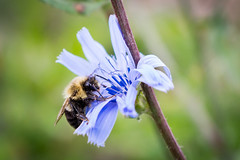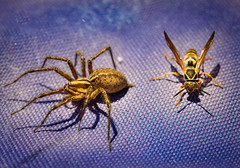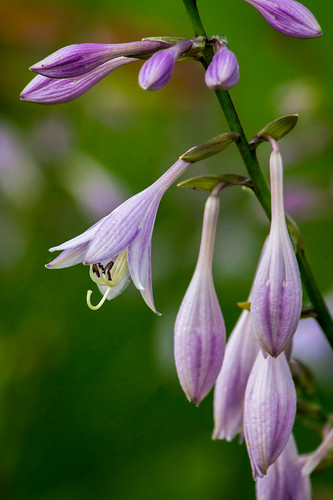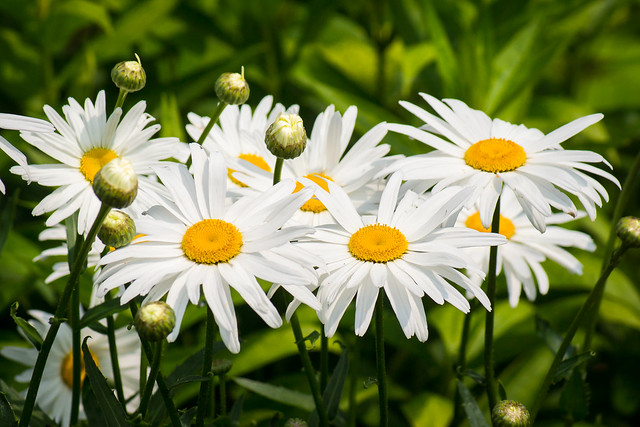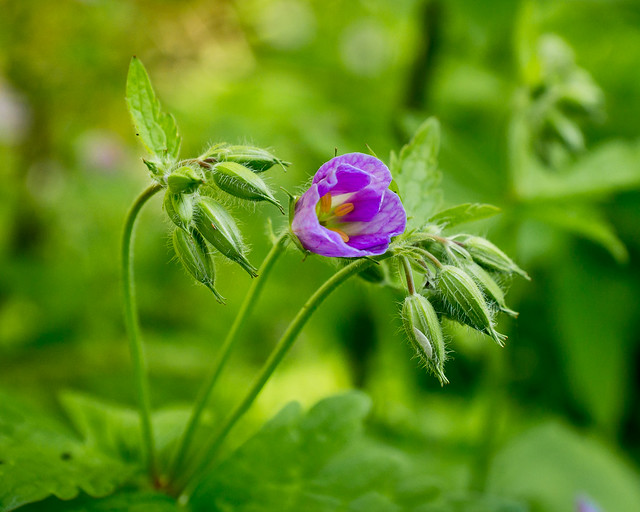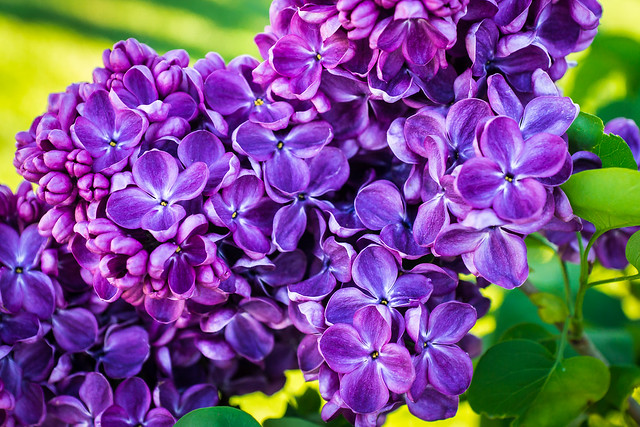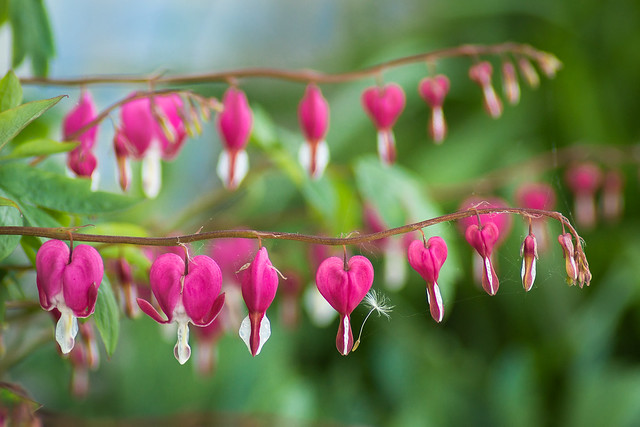Macro
Ladies Dancing
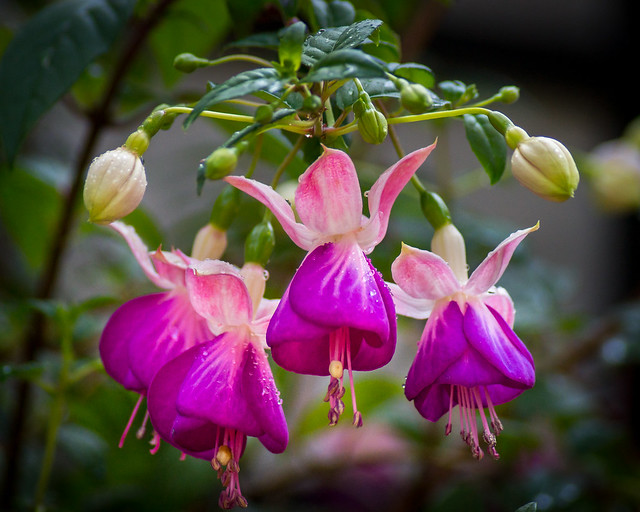
In my mind, the blooms of this fuchsia plant remind me of beautiful ladies dancing – arms raised, skirts twirling and a wry smile on their faces.
I discovered this fuchsia plant (and a few other varieties) at the West of the Lake Gardens in Manitowoc, WI. The fuchsia is a very unique plant species.
According to Wikipedia…
Fuchsia /ˈfjuːʃə/ is a genus of flowering plants that consists mostly of shrubs or small trees. The first, Fuchsia triphylla, was discovered on the Caribbean island of Hispaniola (present day Dominican Republic and Haiti) about 1696–1697 by the French Minim monk and botanist, Charles Plumier during his third expedition to the Greater Antilles. He named the new genus after the renowned German botanist Leonhart Fuchs (1501–1566).
There are currently almost 110 recognized species of Fuchsia. The vast majority are native to South America. The fruit of all fuchsia species and cultivars is edible, with the berry of F. splendens reportedly among the best-tasting. Its flavor is reminiscent of citrus and pepper, and it can be made into jam. The fruits of some other fuchsias are flavorless or leave a bad aftertaste.
To view a larger version of this photo, click on it.
Hostas in Bloom
Floral Salad
A Flair for the Dramatic
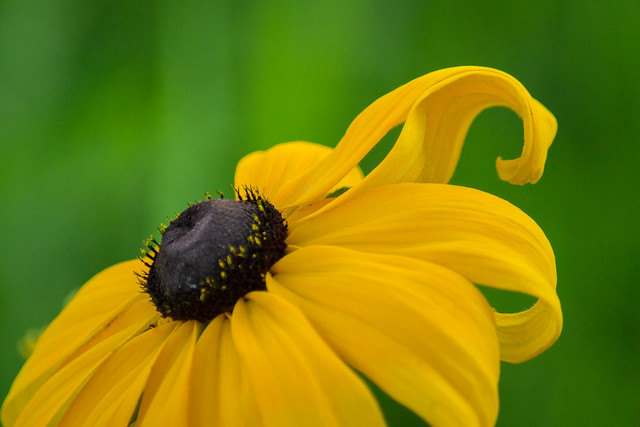 This wildflower seems to have a touch of graceful sophistication in its “wild.” A few of these beauties popped up on the edge of our property this summer. This bloom was the only one that demonstrated this particular flair for the dramatic.
This wildflower seems to have a touch of graceful sophistication in its “wild.” A few of these beauties popped up on the edge of our property this summer. This bloom was the only one that demonstrated this particular flair for the dramatic.
To view a larger version of this image, simply click on the photo.
Daisy Delight
Budding Artist
Lilac Euphoria
Captivating Beauty
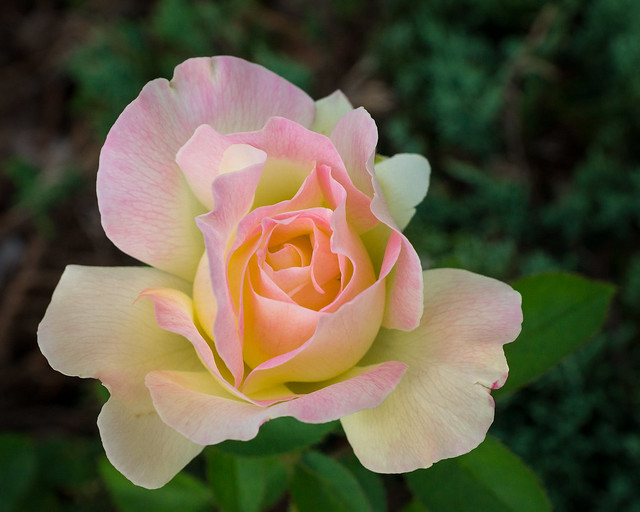
This rose may be one of the most beautiful flowers I’ve ever photographed. It is not perfect or without blemish, but there’s something about its soft blush of pink and the gentle furl of its delicate petals that captivates me; makes it difficult to look away. I snapped a lot of frames of this bloom over a couple of days. (Please excuse my gushing. I understand, beauty is in the eye of the beholder and it may not have the same effect on everyone.)
I found this beauty in, of all places, the small flowerbed of a motel in Branson, Missouri – the Yellow Rose Inn & Suites. They had a nice variety of blooming flowers around the property but, ironically, there were no yellow roses.
You can view a larger version of this photo by simply clicking on it.
Liberal Supply of Bleeding Hearts
Forked Tongue
 I’m not a ophiologist, but I believe this is a Western Fox Snake – also commonly called a Pine Snake. This formidable looking serpent, measuring a bit longer than 4 feet, was spotted gliding across our lawn. My camera’s fast shutter speed stopped that quickly flicking tongue. My apologies to those who are creeped out by snakes.
I’m not a ophiologist, but I believe this is a Western Fox Snake – also commonly called a Pine Snake. This formidable looking serpent, measuring a bit longer than 4 feet, was spotted gliding across our lawn. My camera’s fast shutter speed stopped that quickly flicking tongue. My apologies to those who are creeped out by snakes.
Here’s a bit of info about this type of snake from a Wisconsin DNR publication…
Family: Colubridae Size: 36-56 in. Status: Common
The fox snake has many large reddish-brown, chocolate brown, or black mid-dorsal blotches along its back and other smaller blotches on its sides on a background color of yellow, tan or olive gray. The head of adults is usually a dark copper, rust or orange color. They live in a variety of open habitats including marshes, sedge meadows, prairies and old fields. Their diet consists primarily of rodents and ground-nesting birds. Young fox snakes will occasionally eat amphibians. This species is the most frequently encountered snake in people’s homes, especially if the house has an old rock foundation where the snake(s) may be hunting for food or hibernating in the basement. The fox snake is often mistaken for the venomous copperhead snake due to its head color, and subsequently is often killed. Copperheads do not live in or near Wisconsin. Fox snakes are also often mistaken for rattlesnakes, as they often ‘rattle” their tails in dry leaves, grasses or against objects when disturbed.
To view more of the detail, click on the image and a larger version will open in a new browser tab.






